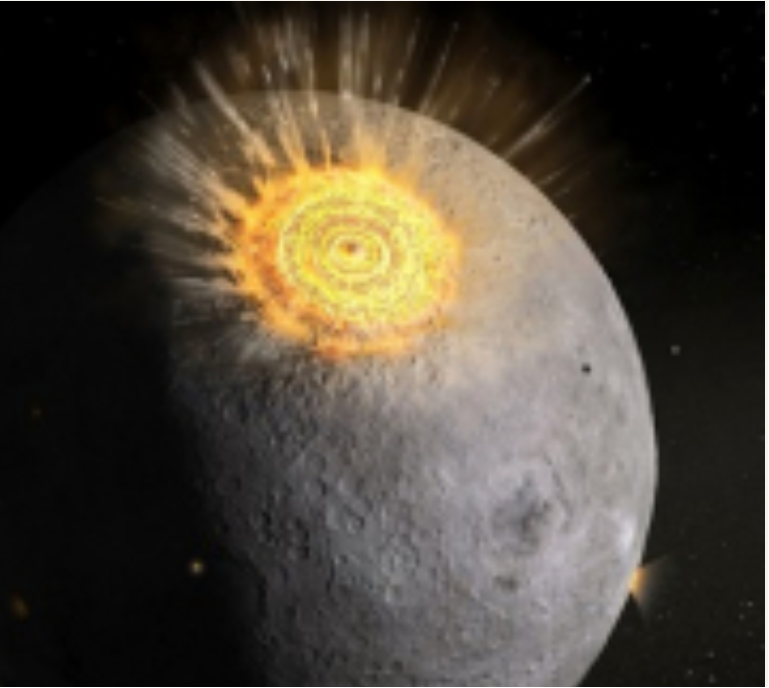
New research published today in the journal Nature Astronomy reveals a type of destructive event most often associated with disaster movies and dinosaur extinction may have also contributed to the formation of the Moon’s surface.
A group of international scientists led by the Royal Ontario Museum has discovered that the formation of ancient rocks on the Moon may be directly linked to large-scale meteorite impacts.
The scientists conducted new research of a unique rock collected by NASA astronauts dur...
Read More







Recent Comments